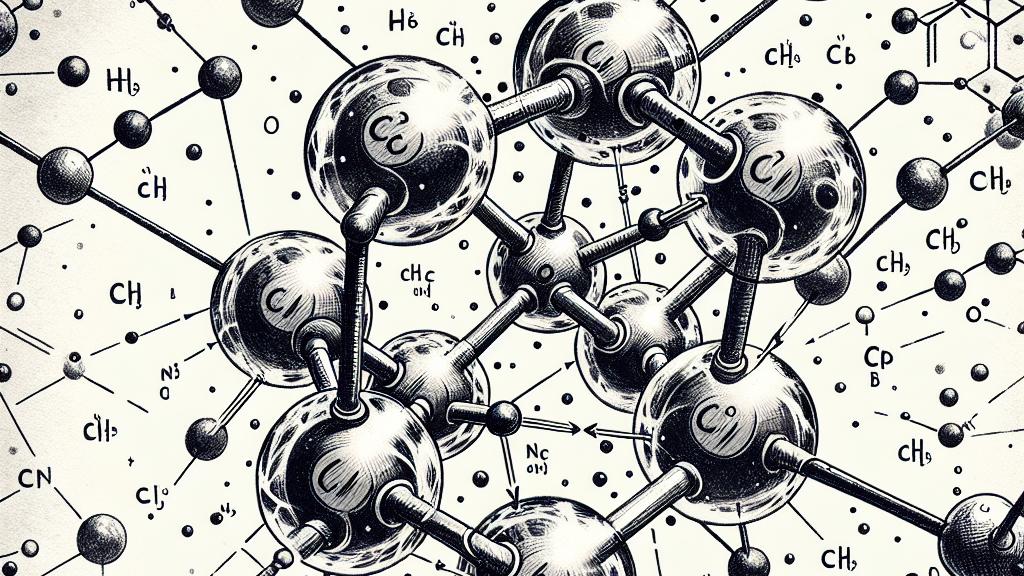Single Electron Covalent Bond in Carbon: A Groundbreaking Discovery
Overview
- Groundbreaking achievement reveals the first single-electron bond in carbon, a significant shift in chemistry.
- Enhances understanding of unconventional bonding, offering fresh insights into molecular behavior.
- Promising implications for innovation in various industries, particularly in drug development and materials science.

Introduction to the Discovery
In an extraordinary breakthrough, scientists in Japan have made the historic observation of a single-electron covalent bond between two carbon atoms. This landmark discovery, which was published in the renowned journal Nature on September 25, 2024, overturns conventional beliefs that have held steady for over a century. Generally, chemists have viewed covalent bonds as connections formed by pairs of electrons shared between atoms. However, this fresh perspective introduces complexities, suggesting that carbon chemistry—a fundamental building block of life and key player in countless industrial processes—may be richer and more intricate than previously imagined.
The Significance of Single-Electron Bonds
The idea of single-electron covalent bonds first emerged from Linus Pauling's theories in 1931, a time when such speculations were groundbreaking. Fast forward to today, the research team deftly crafted a stable molecule designed with a protective shell composed of fused carbon rings, effectively isolating this elusive bond. This inventive approach has not only bolstered long-established theories but also sparked countless new questions. For example, the implications extend far beyond theoretical debates; they hint at new avenues for creating advanced materials or developing innovative drugs that could revolutionize treatments. Such endeavors could have direct, life-altering impacts, showcasing the relevance and importance of this discovery.
Implications and Future Directions
Consider the vast implications: the ability to reliably observe single-electron bonds could empower chemists to systematically explore unexplored chemical territories, where these unique bonds might play crucial roles in uncharted reactions. As Professor Takuya Shimajiri insightfully highlights, expanding our repertoire of known chemical bonds has the potential to act as a catalyst for remarkable advancements across numerous scientific disciplines. In essence, chemistry serves as the interface through which we understand matter and transformation, and now, with this groundbreaking discovery, we have opened a new chapter filled with enthusiasm and possibilities. This is not just a new entry in scientific textbooks; it represents an exciting leap into a future where our understanding of molecular dynamics can lead to groundbreaking innovations that may deeply affect technology and our everyday lives.

Loading...